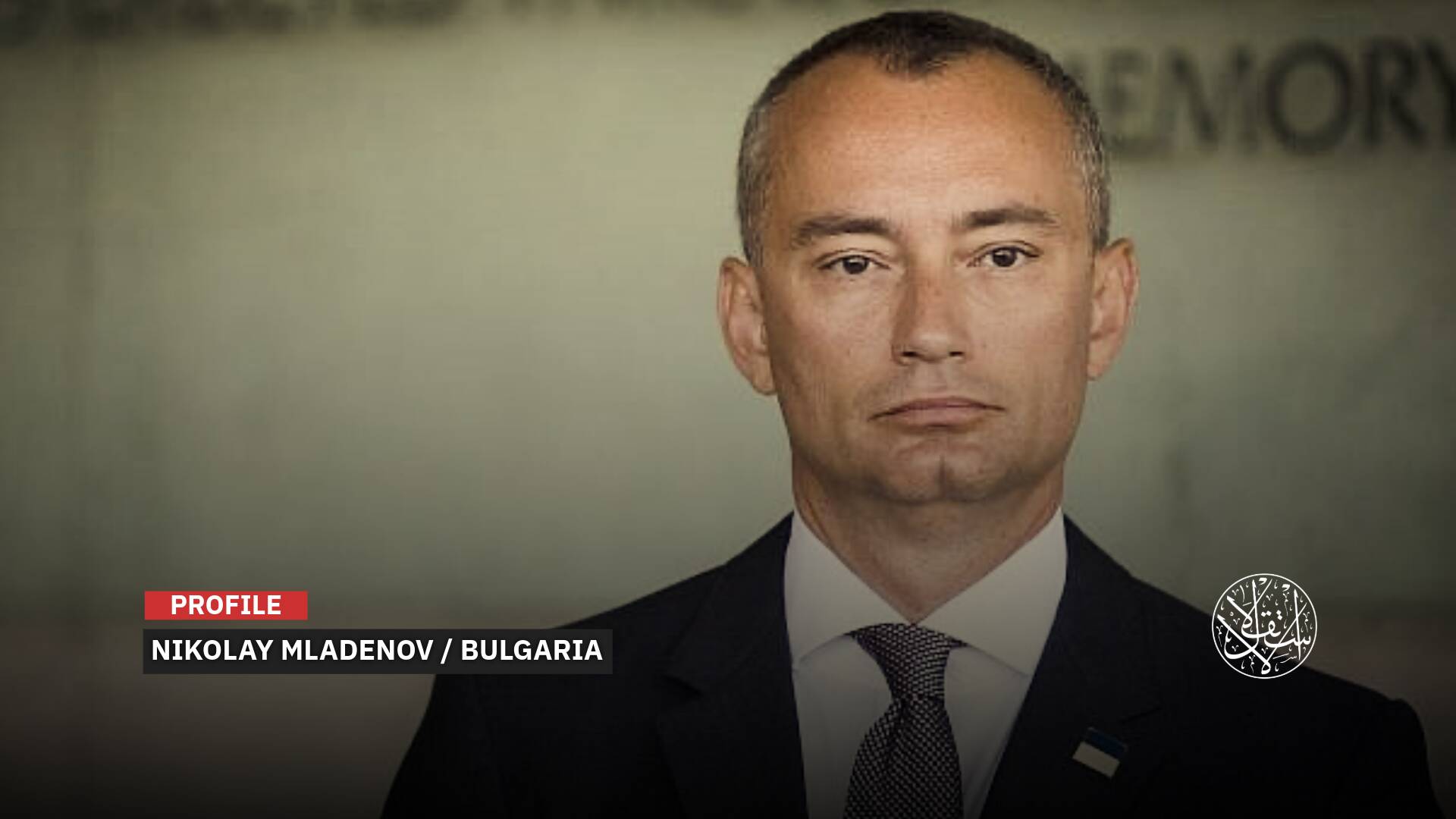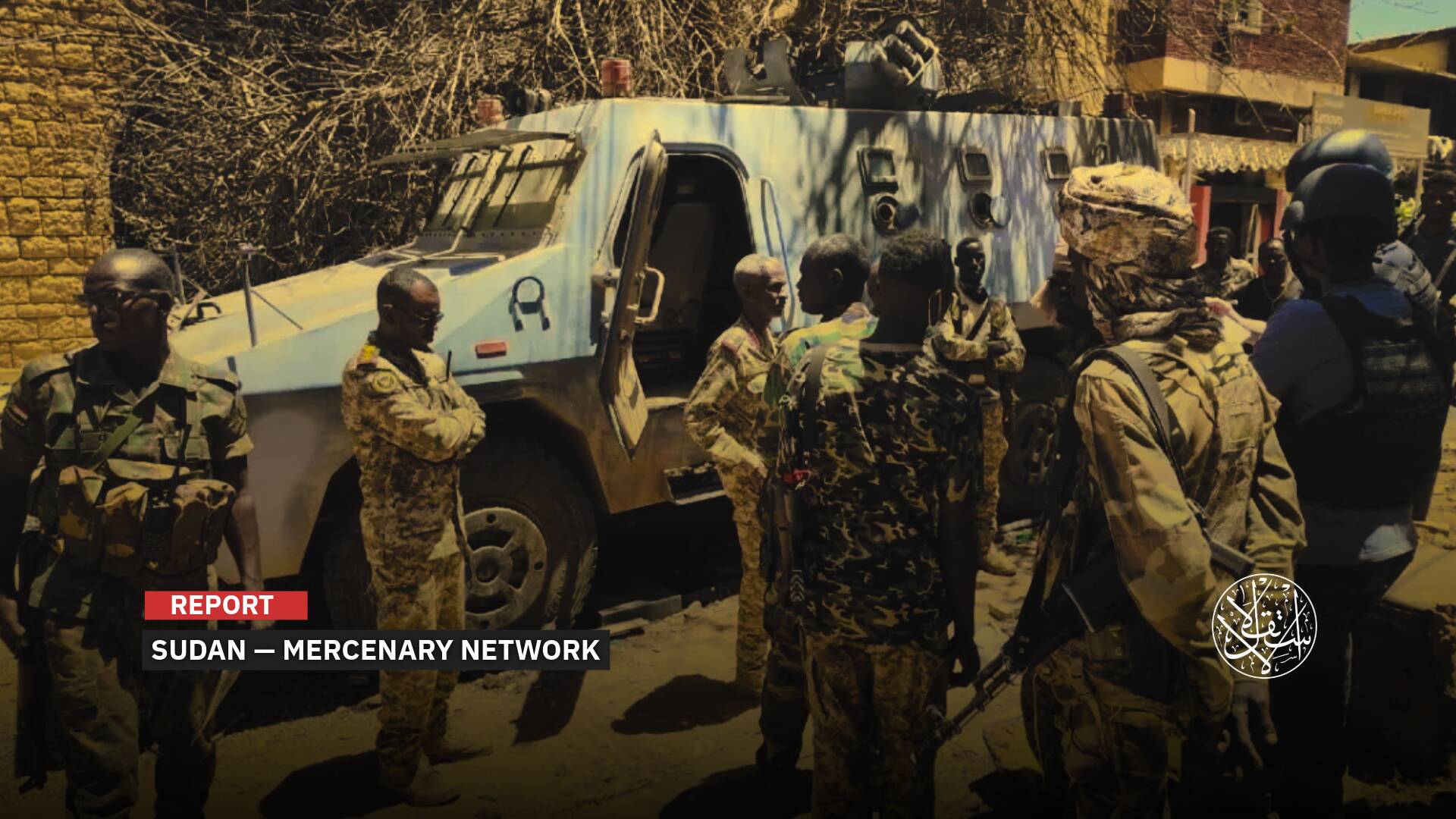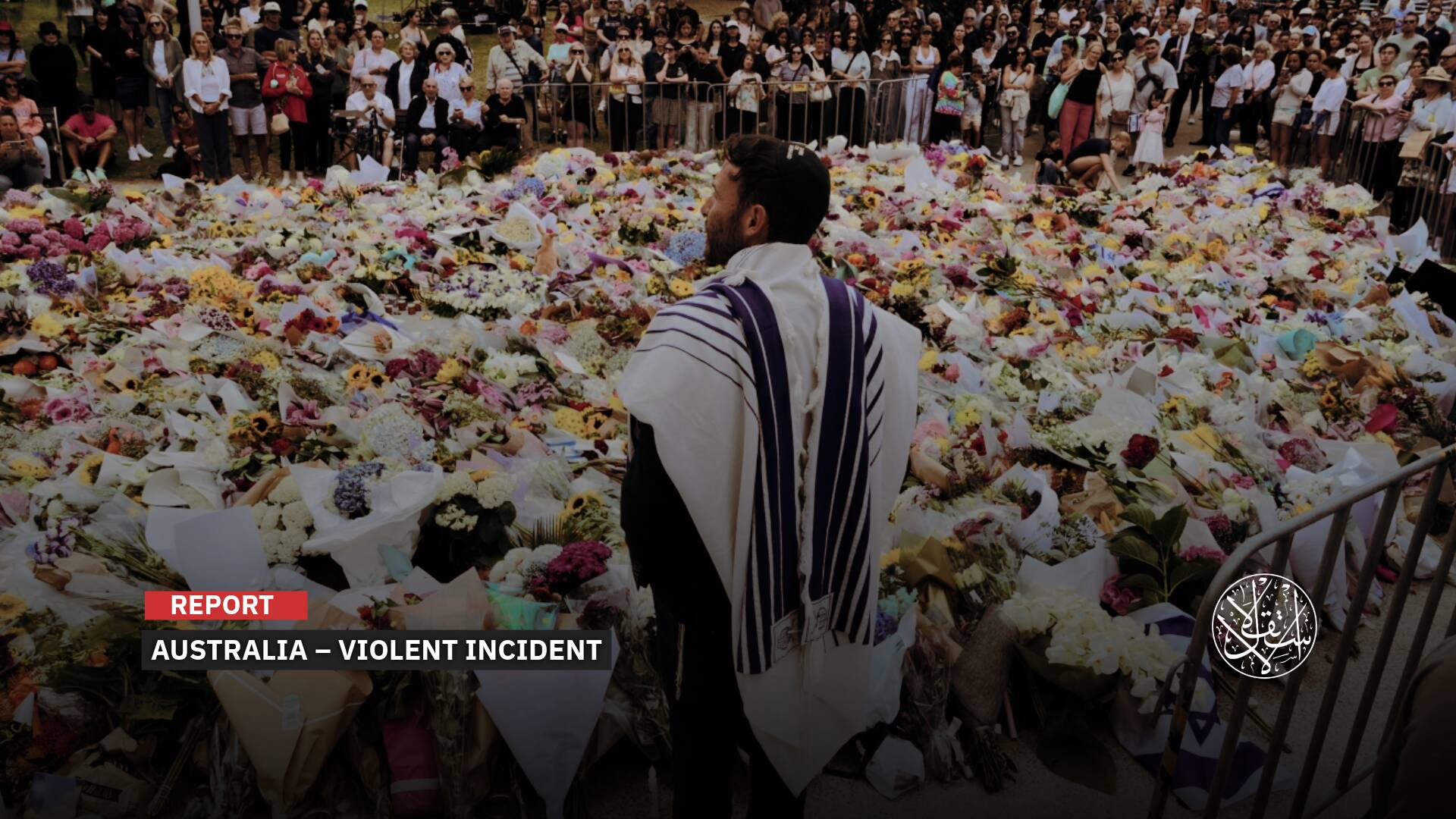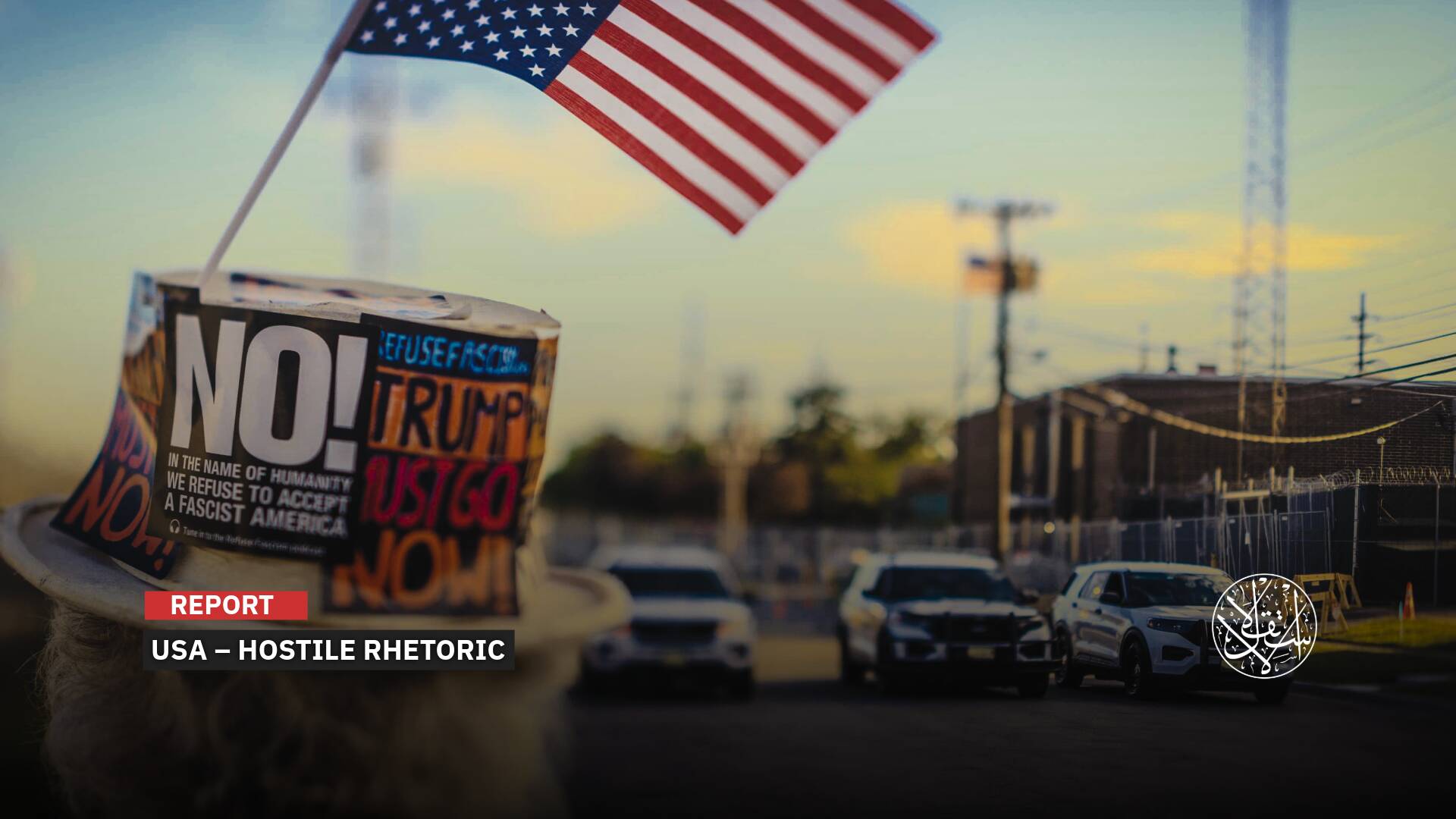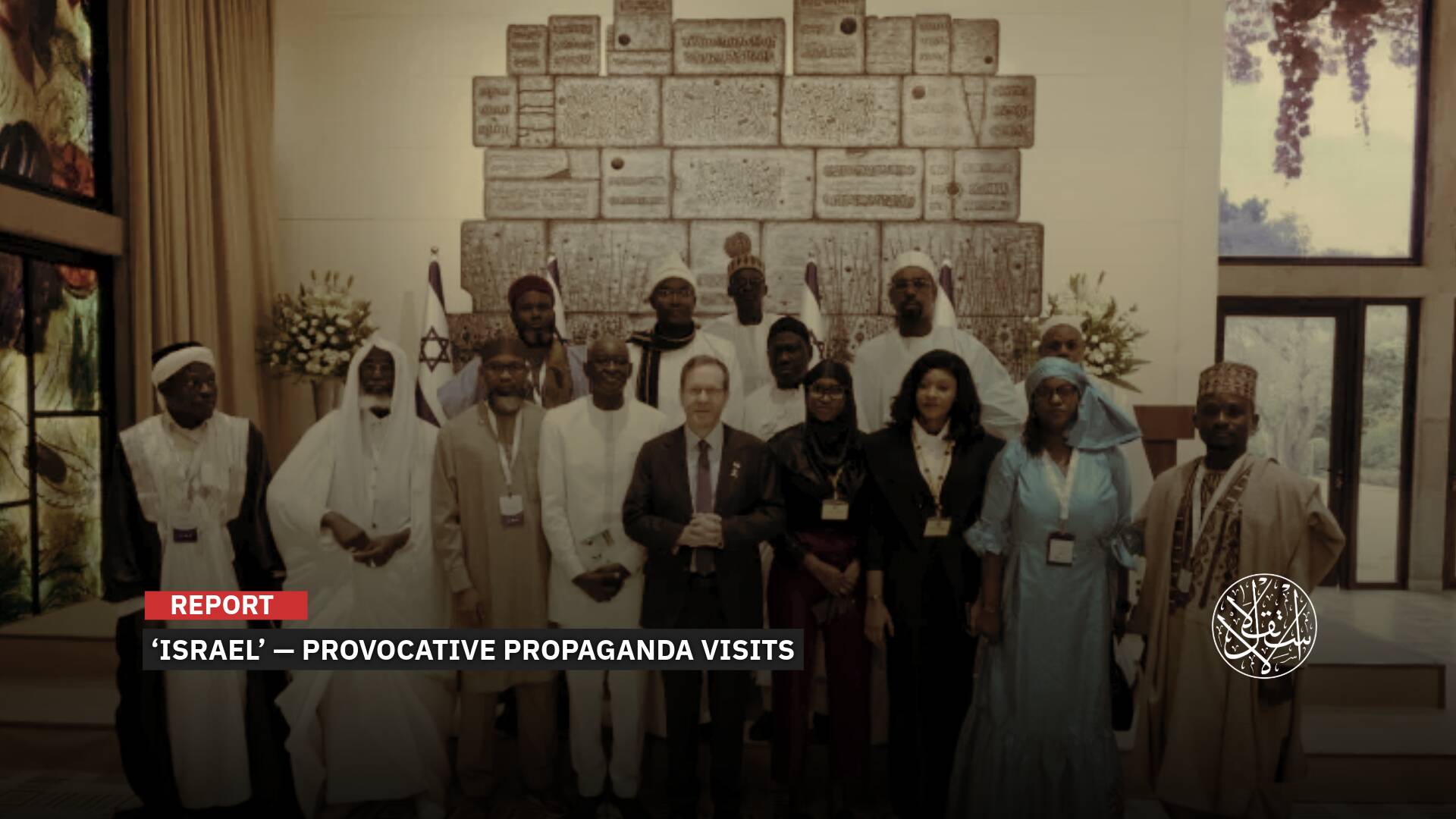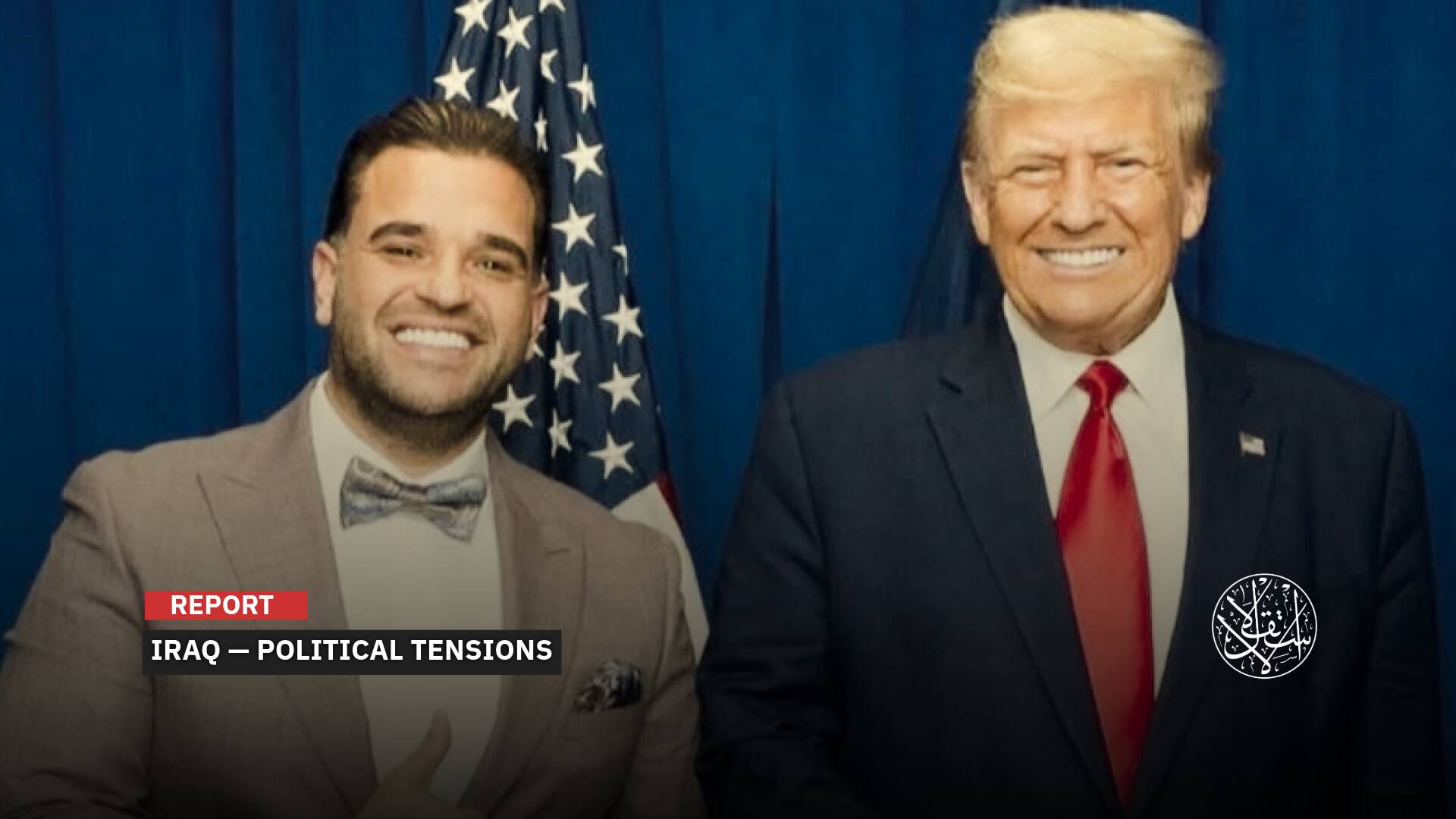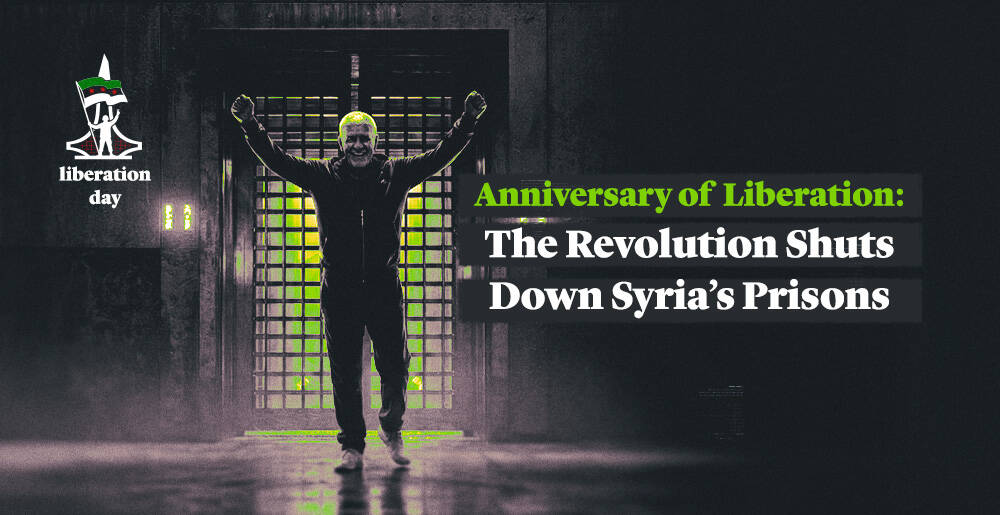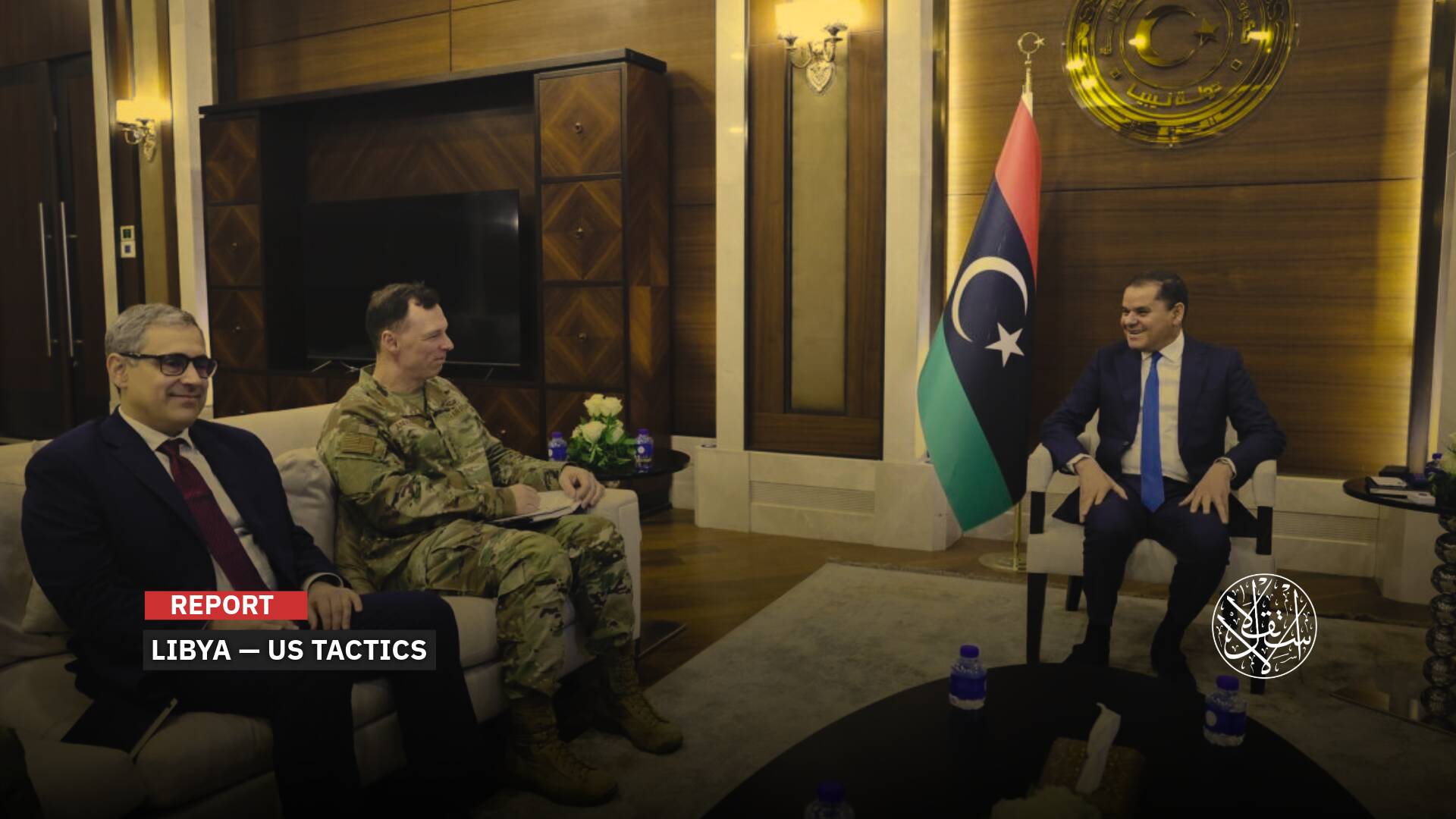Khalil Hayya: The Rising Hamas Leader and Key Negotiator After Haniyeh and Sinwar

Khalil al-Hayya leads Hamas' team in Doha for ongoing indirect talks with “Israel.”
Khalil al-Hayya, a senior Hamas leader, was among the few who had prior knowledge of Operation al-Aqsa Flood, which reshaped the Middle East.
Since the operation on October 7, 2023, his presence on the regional stage has grown, leading negotiations and delivering Hamas' key statements.
Al-Hayya's role expanded further during the operation as he spearheaded negotiations, with speculation rising that he could lead the movement if Hamas' political bureau chiefs, Ismail Haniyeh and Yahya Sinwar, are assassinated.

Khalil al-Hayya’s Rise in Hamas Leadership
Khalil al-Hayya was the senior Hamas leader who officially announced the ceasefire agreement with “Israel” in a televised speech. He described the Operation al-Aqsa Flood as a pivotal moment in Palestinian history and reaffirmed that the Resistance would not stop after the operation
In his extended address, al-Hayya acknowledged the significance of the operation and thanked those who stood with the Palestinian people and the Resistance. He praised Hezbollah and the Islamic Group in Lebanon, as well as the Houthis, saying that they “pushed boundaries, reshaped the rules of war and the region, launched missiles and drones at the heart of the Israeli Occupation, and blockaded it in the Red Sea.”
“We also remember our brothers in Iran, who supported our Resistance and people, joined the battle, and struck at the heart of Israel in Operation True Promise.”
“Likewise, the resistance in Iraq defied all obstacles to back Palestine and its Resistance, with its missiles reaching the occupied land,” he added.
Such key addresses were previously delivered by Hamas’ former political bureau chief, Ismail Haniyeh, underscoring al-Hayya’s growing stature within the movement.
Following Haniyeh’s assassination, Iran’s Revolutionary Guard confirmed that al-Hayya was in the same building hit by an Israeli strike in Tehran but was not in the targeted apartment at the time.
Currently, al-Hayya leads Hamas' delegation in ongoing indirect ceasefire negotiations with “Israel” in Doha. The movement also sent him to Egypt as its representative in the talks. His selection for this role follows his central involvement in ceasefire negotiations during the 2012 and 2014 “conflicts.”
After Haniyeh’s assassination, al-Hayya was seen as a potential successor, but Hamas’ leadership and Shura Council chose Yahya Sinwar instead. Now, following Sinwar’s assassination, al-Hayya has once again emerged as a leading figure, with reports suggesting he is favored by Iran and its regional allies.
Al-Hayya maintained strong ties with Hezbollah’s late leader Hassan Nasrallah, who was assassinated by “Israel” during Operation al-Aqsa Flood. He also serves as a key link between Hamas and countries such as Qatar, Iran, and Turkiye.
Al-Hayya was part of the small military council that Sinwar convened for two years to plan the October 7 operation. The report also claimed he was Hamas' envoy for secret discussions on the operation with Iran and Hezbollah, according to The New York Times.
Despite receiving Iranian support, Hamas maintains significant independence and rejects any conditional backing. Tehran has repeatedly denied prior knowledge or coordination of Operation al-Aqsa Flood.

Political Career
Khalil Ismail Ibrahim al-Hayya, also known as “Abu Osama,” was born in Gaza on November 5, 1960. He holds a PhD in Hadith and Sunnah Sciences from the University of the Holy Quran and Islamic Sciences in Sudan (1997), a master’s degree from the University of Jordan (1989), and a bachelor's from the Islamic University of Gaza (1983).
After graduating, al-Hayya became a teaching assistant at the Faculty of Usuluddin in 1984. Following his postgraduate studies, he returned to Gaza, serving as Assistant Dean of Student Affairs before becoming Dean in 2001.
Al-Hayya joined Hamas early and was involved in its founding in the early 1980s, deeply influenced by the movement’s founder, Sheikh Ahmed Yassin. He was active in Palestinian political and social affairs, participating in professional and educational initiatives and holding key positions in student and labor unions.
His academic background earned him membership in the Palestinian Scholars Association. In 2006, he was elected to the Palestinian Legislative Council as a Hamas representative, leading its Change and Reform Bloc. He later joined the movement’s political bureau and held key positions, including head of Hamas' Arab and Islamic Relations Office and its Media Office.
Al-Hayya played a central role in ceasefire negotiations after the 2012 and 2014 wars, solidifying his status as a senior Hamas leader. In 2021, he was appointed deputy to Yahya Sinwar in Gaza and later assumed leadership of the movement in the Strip, despite operating from outside the territory. That year, he also led the Jerusalem Is Our Promise electoral list, which was set to compete in the legislative elections before Palestinian Authority President Mahmoud Abbas canceled them.
He left Gaza before the October 7 attack and has since moved between Egypt, Lebanon, and Qatar.
Al-Hayya spent three years in Israeli prisons in the early 1990s for his university activism and organizational roles in Gaza, including serving as deputy head of the Islamic University’s Student Council in 1986.
Over the years, he survived multiple assassination attempts. In 2007, an attack killed seven members of his family, including two brothers, four nephews, and a cousin. In February 2008, his son Hamza, a member of Hamas' military wing, was killed in an Israeli drone strike.
During the 2014 war on Gaza, the Israeli Occupation forces targeted his eldest son's home in Gaza’s Shejaiya neighborhood, killing Osama, his wife, and their three children.
Despite being outside Gaza, Israeli airstrikes hit his home in Gaza’s Tuffah neighborhood on October 9, 2023. On January 2, 2024, Israeli Channel 12 claimed he had been assassinated in a drone strike on a Hamas office in Beirut, which killed senior leader Saleh al-Arouri and two al-Qassam Brigade commanders. However, Hamas later confirmed that al-Hayya was unharmed and was not in Lebanon at the time.

Hamas Leadership Prospects
For the past three years, Israeli media has speculated about Khalil al-Hayya potentially leading Hamas, predicting his future election as the head of its political bureau.
The Jerusalem Center for Public Affairs noted that al-Hayya has secured a position among the top five leaders of Hamas abroad, setting the stage for his potential leadership.
In February 2022, the center reported that al-Hayya had attained significant status within Hamas' leadership alongside Ismail Haniyeh, Yahya Sinwar, Khaled Meshaal, and Mousa Abu Marzook.
At the time, senior Hamas figures estimated that al-Hayya could emerge as the group's leader in Gaza in the 2025 internal elections—a scenario that became reality following Sinwar’s assassination.
Hamas conducts its internal elections every four years under tight secrecy due to security concerns related to Israeli surveillance and targeting.
Many analysts have seen al-Hayya as a top contender to succeed Haniyeh, citing his close ties with Iran, Hamas' main backer.
Historically, Iran has been expected to play a crucial role in aiding Hamas' recovery after conflicts. However, Tehran has faced a major setback, as its key ally Hezbollah has suffered significant military and political losses in Lebanon, coupled with the collapse of Bashar al-Assad's regime in Syria.
After Haniyeh, Hamas appointed Sinwar—whom “Israel” had vowed to kill—as his successor, signaling a stance of defiance. While he was widely believed to be directing operations from Gaza’s underground tunnels, it later emerged that he had been actively engaged in combat on the battlefield.
Following Sinwar’s assassination, Hamas established a leadership council headed by the movement’s Shura Council chairman, Muhammad Darwish, also known as “Abu Omar Hassan.”
Two Hamas sources told Agence France-Presse that a leadership council based in Qatar would oversee the movement in Sinwar’s absence.
This was later confirmed through multiple official Hamas meetings and media appearances, where Darwish was seen leading delegations during key discussions and visits.
The council includes representatives from various regions: Khalil al-Hayya for Gaza, Zaher Jabarin for the West Bank, and Khaled Meshaal for Hamas’ external wing, according to AFP and Yedioth Ahronoth.
A source told AFP that this council constitutes the new leadership, with Hamas opting not to appoint a permanent successor before the next elections.
The elections are scheduled for March 2025, “if conditions permit,” as Hamas remains engaged in negotiations with “Israel” over the second phase of a three-stage ceasefire agreement.
In August 2024, a source familiar with Hamas’ deliberations told Reuters that al-Hayya enjoys the trust of both Haniyeh and Sinwar. He is expected to continue leading indirect negotiations and serve as Hamas’ diplomatic face.
Both Hayya and Zaher Jabarin, who leads Hamas in the West Bank from outside the Palestinian territories, “will play a bigger role in the future, also as both have good relations with Iran and Hezbollah,” the source added.
Despite some international media portraying him as religiously hardline, al-Hayya is considered politically pragmatic. He has previously stated that Hamas is open to a five-year or longer ceasefire with “Israel” and would lay down its arms to become a political party if an independent Palestinian state is established along the 1967 borders.
Al-Hayya made these remarks in an April 2024 interview with the Associated Press in Istanbul. The agency described his tone as alternating between defiant and conciliatory.
“All the experiences of people who fought against occupiers, when they became independent and obtained their rights and their state, what have these forces done? They have turned into political parties and their defending fighting forces have turned into the national army,” he said.
Al-Hayya also affirmed Hamas' desire to join the Palestine Liberation Organization to form a unified government for Gaza and the West Bank.
He stressed that Hamas would accept a fully sovereign Palestinian state in the West Bank and Gaza, along with the return of Palestinian refugees based on international resolutions. If such a state were realized, he stated, Hamas’ armed wing, the Qassam Brigades, would be dissolved.
Sources
- Hamas' Hayya seen in key role under new leader Sinwar, sources say
- Hamas's new star [Hebrew]
- 5 in one place: These are the Hamas council members who will replace Sinwar in the leadership [Arabic]
- Khalil Al-Hayya: "Al-Aqsa Flood" was an important turning point and the resistance will not stop [Arabic]
- After Haniyeh’s Death, Who Are Hamas’s Most Prominent Leaders?
- Hamas official says group would lay down its arms if an independent Palestinian state is established



